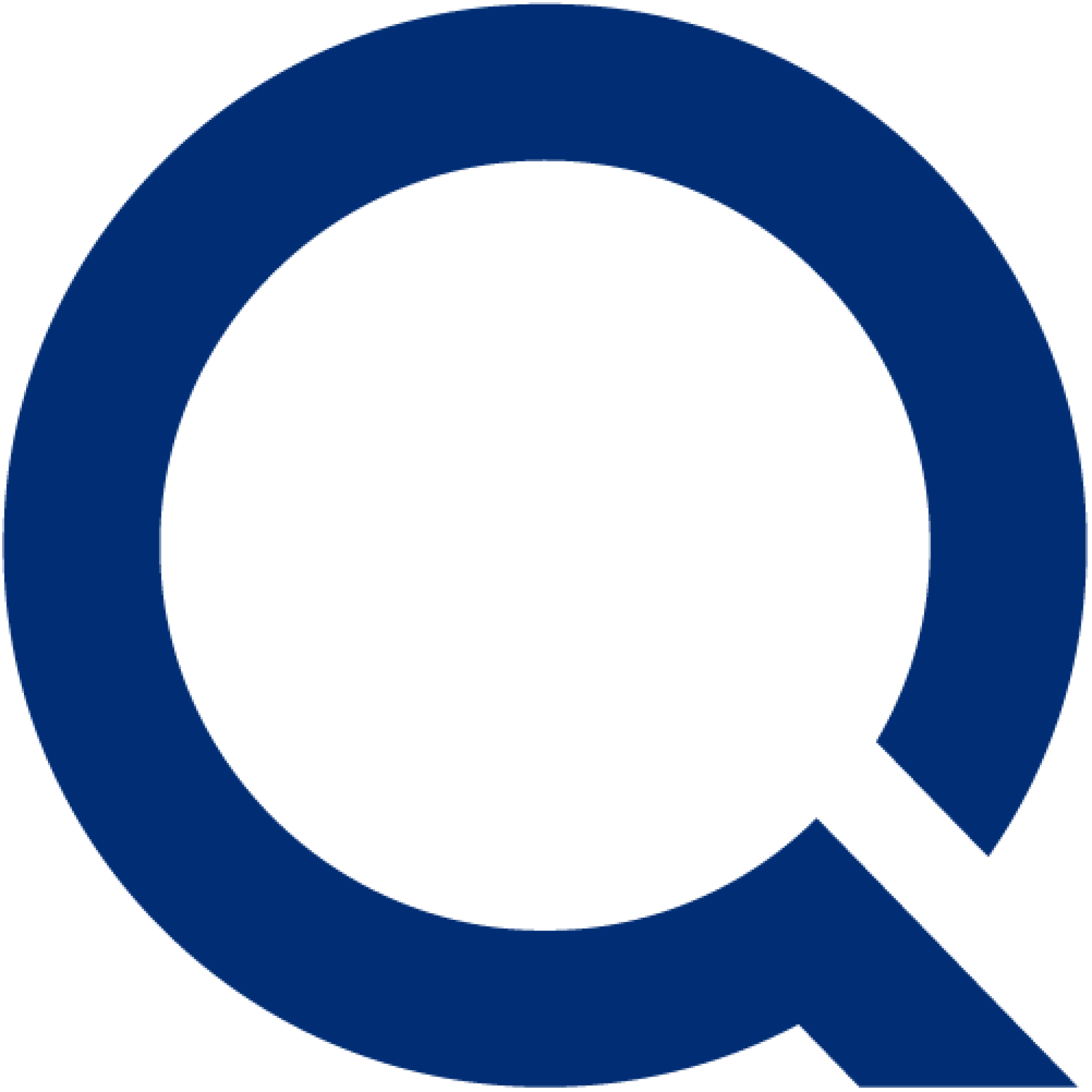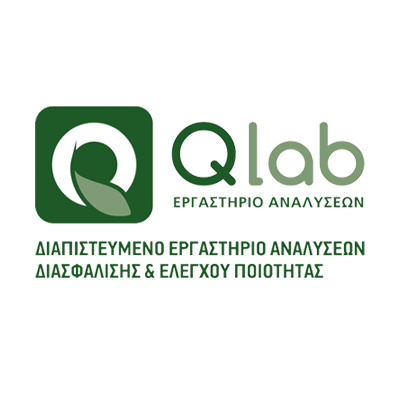

This Lighting Cue contains all of the data for communicating with your equipment. For those familiar with QLab, this is just another cue type (like Audio Cues, Video Cues, Fade Cues, etc.) that can be combined into your workspace with all of your other cue types. Lighting control is done through the use of a Lighting Cue within your workspace. The biggest perk in my mind is the fact that it builds on the QLab cue system, so those who are already familiar with creating a workspace should be able to jump right in and experiment with lighting control pretty quickly. I could really see this being an innovative control option for storefront theatres, site specific work, houses of worship, club settings, and industry / trade show installations. Currently, it works best with a rig featuring conventional fixtures, dimmers, and simple RGB-style LED fixtures.

You should know out of the gate that QLab isn’t going to replace your high end lighting console or work well with a modern rig with hundreds of movers and complex fixtures (at least not yet). Art-Net nodes are currently the only type of interface recognized by QLab 4. For those of you hoping to use a USB to DMX converter, you’re out of luck here.

This is either accomplished by directly “talking” to your lighting equipment through Art-Net, or sending the message through a node that translates Art-Net into a DMX signal. QLab 4 allows for the control of lighting instruments and devices by using the Art-Net protocol over a network. The addition of lighting control, though, is a game changer for how designers and technicians approach QLab as a tool. QLab 4 brings along all of the wonderful components that have made it an industry standard in media playback and show control – sound control, video playback and effects, and show control integration through MIDI and OSC networks. While there are a lot of features to be excited about in this new release, the biggest new change is the addition of lighting control.

If you look at the Company statement on their website, this pretty much sums up their business approach: “ We work on shows to be together for something special, and we love helping people do that in ways they couldn’t before.” This November, Figure 53 took a huge leap forward in the realm of helping people do shows in a way they couldn’t before with their highly anticipated new release of QLab 4. The last several years have been a period of exciting growth for the rapidly expanding team at Figure 53, the makers of QLab and other show solutions. Both will result in identical playback, but you may find one method better suits the needs of your programming preferences. The second option creates a Group Cue that triggers the first Start Cue and then goes to the next cue with pre-waits and auto-continues attached in the appropriate locations. The first setting enables all of the Start cues to fire simultaneously with the appropriate pre-waits attached to them to match your original timing. The Record Cue Sequence window, with both recording options shown.īoth settings create a Group Cue populated with Start Cues to trigger cues in your workspace. This will open a window that gives you two recording options. To use this function, click on “Record Cue Sequence” in your Tools menu. These Start Cues have pre-waits attached to them that enable an exact playback to match your timing. This process creates a Group Cue with Start Cues imbedded within to trigger your cue sequence. This function enables you to play through a cue sequence manually while recording your precise playback timing. One of the more exciting new features in QLab 4 is the Record Cue Sequence tool.


 0 kommentar(er)
0 kommentar(er)
